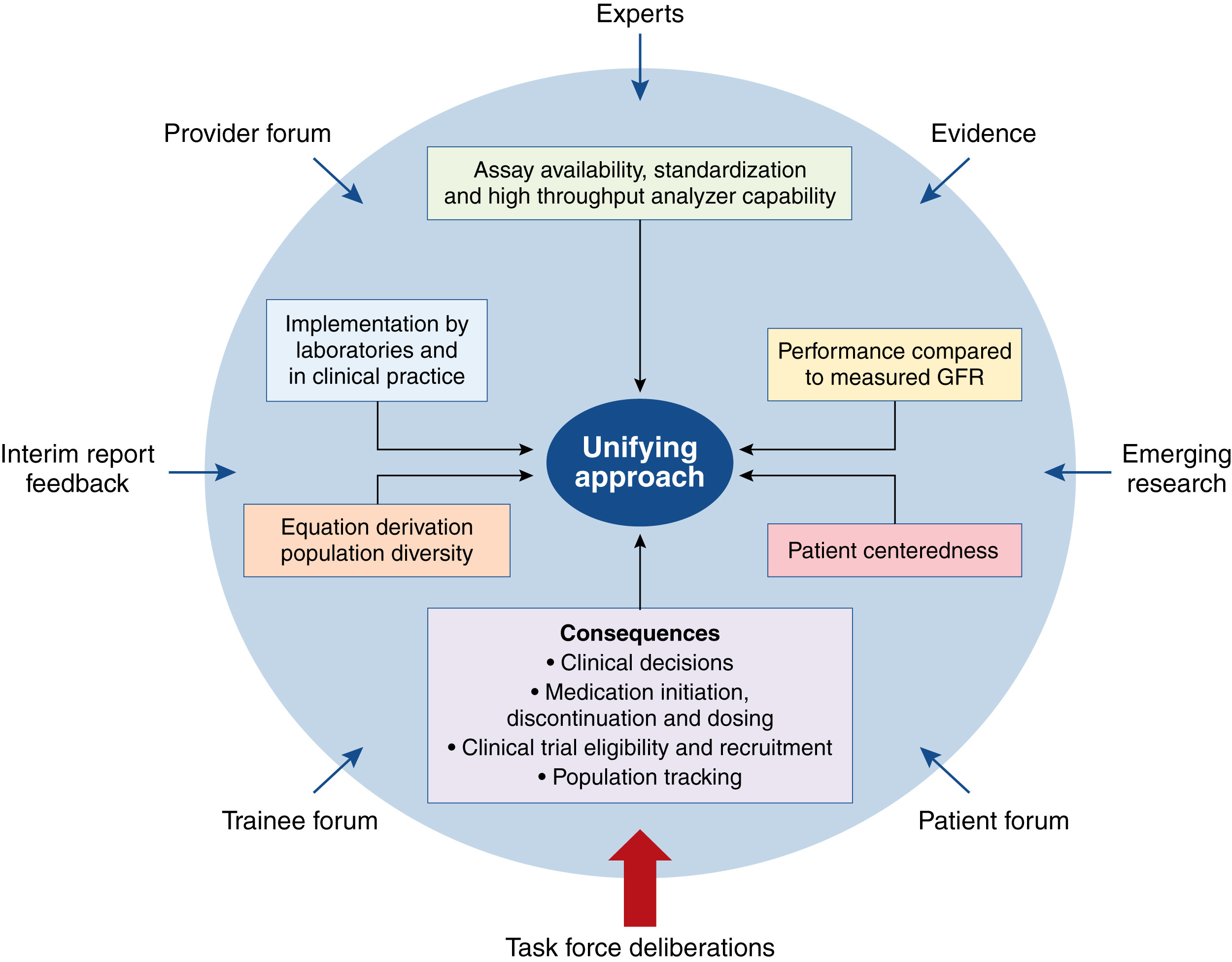American Journal of Clinical Nutrition, Volume 115, 1 February 2022
Sustainable Cities and Society, Volume 77, February 2022
The Lancet Planetary Health, Volume 6, February 2022
Aquaculture, Volume 549, 25 February 2022
Transportation Research Part D: Transport and Environment, Volume 103, February 2022
Transportation is a basic social need, but most trips are done by private vehicles, which is not environmentally sustainable with growing urban populations. Micromobility (e.g., shared bikes) represents a significant opportunity to replace short private vehicles trips (0–3 miles) and reduce transportation sector emissions. This paper uses Seattle as a case study and estimates that up to 18% of short car trips could be replaced by micromobility.


